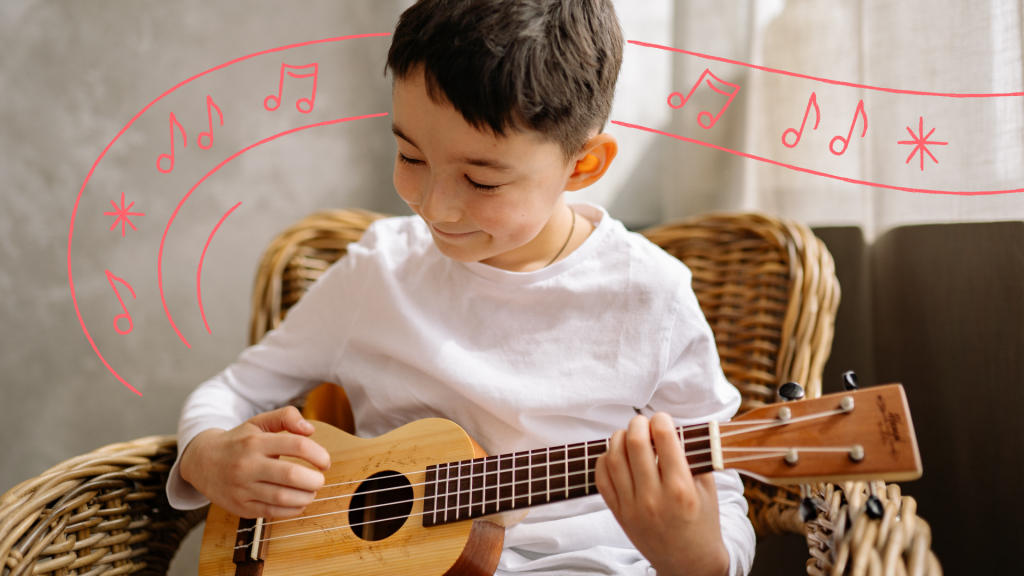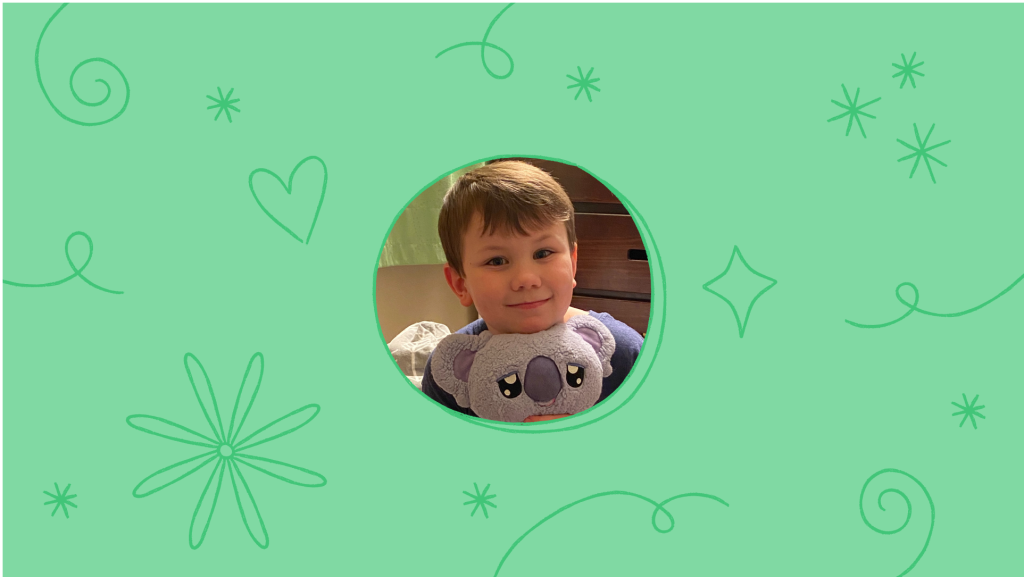
Meet The Carter Family
I would definitely recommend Moshi! And I have! It really does calm down the bedtime battles. The kids are happy to go to bed and I am happy that...



Your Favorite Companion on Qantas Flights



Better Together: The Power of Partnerships to bring SEL to early childhood students

Play That is Good for the Brain


A Partnership Worth Getting Excited About | Moshi x Yoto

Play and Music Go Hand in Hand

Dealing with Post-Holiday Blues

MTSS Evidence-Based Practices: Restorative Practices